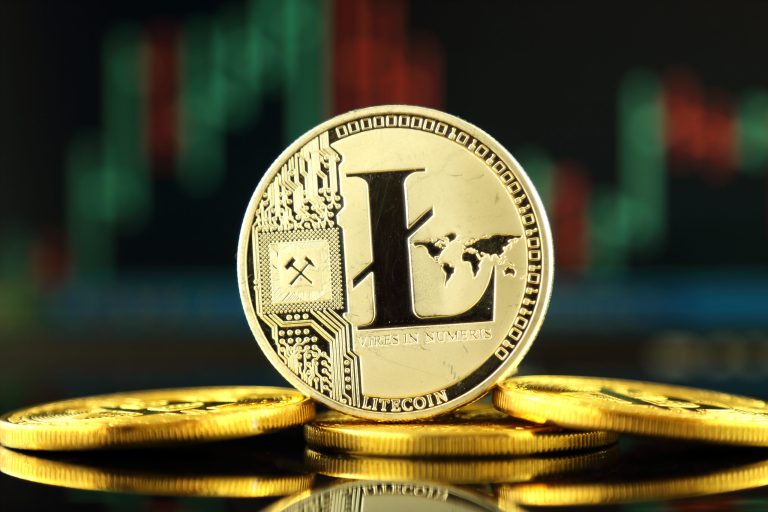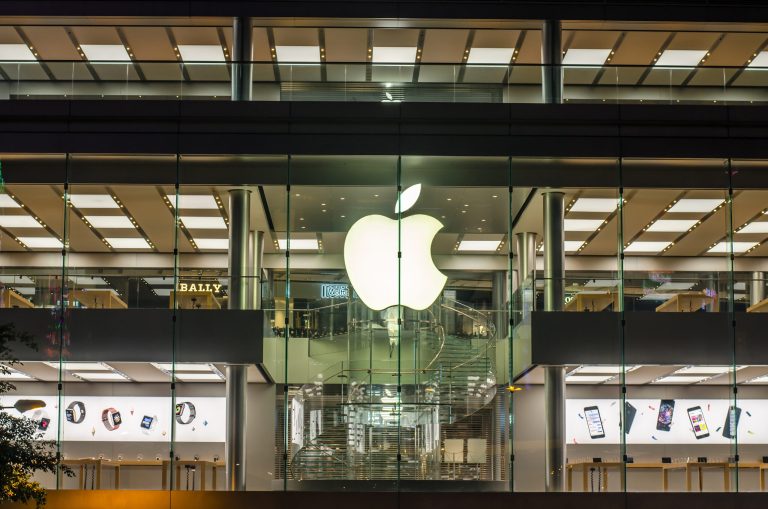The AUD/USD exchange rate rose slightly after the latest US inflation and Australian jobs data. After bottoming at 0.6133 on Monday, the pair rose to a high of 0.6215 as the focus shifted to the upcoming US retail sales data. So, what next for the Australian dollar?
Australia’s strong jobs data
The AUD/USD pair rose slightly after Australia released relatively strong jobs numbers. According to the statistics agency, the economy created over 56.3k jobs in December after it added 28.2k jobs a month earlier. That increase was higher than the median estimate of 14.5k.
The country’s labor participation rate rose from 67% to 67.1%, also higher than the expected 67%. This is an important number that looks at the percentage of working age people who are either working or actively looking for work. The unemployment rate rose slightly from 3.9% to 4.0%.
These numbers mean that the Australian economy is doing modestly well even as interest rates remains stubbornly high. With inflation falling, the Reserve Bank of Australia (RBA) will likely start cutting interest rates this quarter.
The most recent data showed that the headline Consumer Price Index (CPI) fell to 2.8% in Q3 from 3.8% in the previous quarter. It has dropped from a high of 7.8% in 2023, a sign that the country is making progress.
Still, the prices of key items has remained high and have no chance of going down. For example, the housing shortage has led to higher rents in key cities like Sydney and Melbourne. Insurance costs have also rebounded in the past few months.
The AUD/USD also stabilized after China’s economy made some modest improvement, leading to higher iron ore prices. This is notable since iron ore is one of Australia’s biggest exports.
US retail sales ahead
The AUD/USD pair rose slightly after the US released an encouraging consumer inflation report. While the headline Consumer Price Index (CPI) rose from 2.7% in November to 2.9% in December, the closely watched core inflation dropped slightly from 3.3% to 3.2%.
These numbers pushed the US dollar index (DXY) lower to $108.95, down from last week’s high of $110 as investors assessed the Federal Reserve’s reaction. The Fed has hinted that it would maintain a hawkish tone this year because of the stubbornly high inflation.
The upcoming US retail sales data will be the next important catalyst for the AUD/USD pair. Economists expect the numbers to show that headline retail sales fell from 0.7% in November to 0.6% in December.
Core retail sales, which exclude the volatile food and energy items, is expected to move from 0.2% to 0.5%.
Retail sales are an important part of the economy because they send a sign about the health of the American consumer. Higher retail sales growth are a sign that consumers are doing well.
These sales may bounce back as many people in California start rebuilding after the recent fires.
AUD/USD technical analysis
AUD/USD chart by TradingView
The daily chart shows that the AUD/USD exchange rate bottomed at 0.6133 last week and is currently at 0.6210. It has remained below the important support level of 0.6360, which was its lowest swing in April and August last year.
The pair remains below the 50-day moving average. Also, the MACD indicator is below the zero line, while the Relative Strength Index (RSI) has tilted upwards. Therefore, the pair’s path of the least resistance is lower, with the next point to watch being at 0.6135.
The bearish case is because the Federal Reserve and the RBA will remain divergent this year. In this, the RBA will start cutting interest rates, while the Fed will hold them higher for longer.
The post AUD/USD analysis: outlook ahead of US retail sales data appeared first on Invezz










